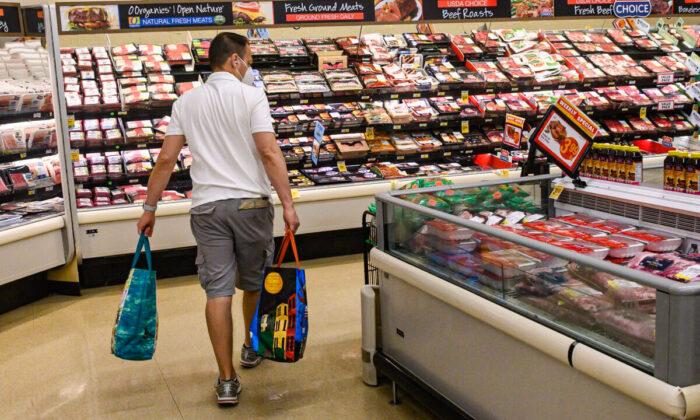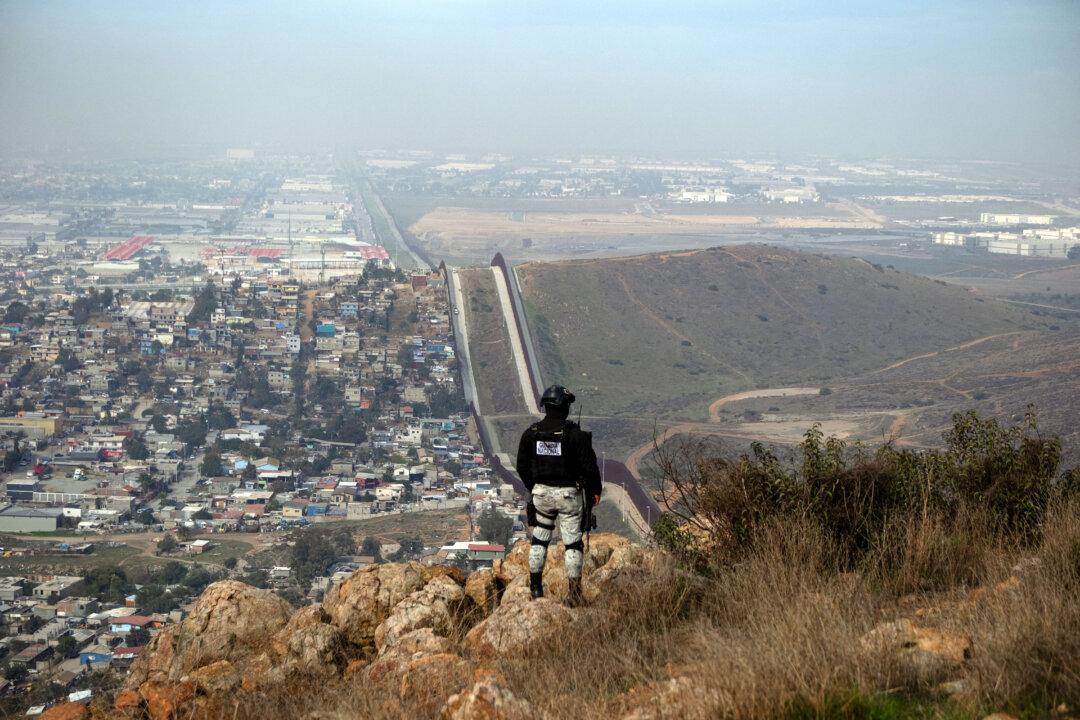In its effort to contain inflation, the Federal Reserve has begun what many expect to be a series of interest rate boosts, which are already taking a toll on stock and housing markets, with job losses likely to follow. While Americans grow weary of record high gas and grocery prices, however, another round of price increases is making its way through the food supply chain and is expected to reach consumers this fall.
“People don’t realize what’s fixing to hit them,” Texas farmer Lynn “Bugsy” Allen said. “They think it’s tough right now; you give it until October. Food prices are going to double.”
“Usually, what we see on the farm, the consumer doesn’t see for another 18 months,” said John Chester, a Tennessee farmer of corn, wheat, and soybeans. But with the severity of these cost increases, consumers could feel the effects much sooner, particularly if weather becomes a factor.
“Nothing that consumers are paying is going to bridge the gap for farmers right now,” according to Lorenda Overman, a North Carolina farmer who raises hogs and grows corn, soybeans, and sweet potatoes. She said the spike in fuel costs has put her farm into the red this year.
“The prices now have not hit the grocery stores yet,” but she expects they will start to by the end of summer.
Much of the cost of food hinges on the price of oil.
“They have no electric trucks delivering that food and there are no electric tractors,” Allen said. “It takes diesel to run all this.”
“When you look at the machinery that uses diesel, it’s farm equipment, it’s railroads, and it’s truckers,” said Daniel Turner, executive director of the energy advocacy group Power the Future. Diesel “moves all of our goods, it grows our food. From cargo ships arriving from overseas to trucks or trains getting those goods across the country, all those things now have added costs that will get sent to the consumer.”
“That surge in food and energy costs is very demand-destructive for U.S. households,” said Joseph Lavorgna, chief economist at Natixis, a European bank. “If you have to pay a lot more money for your food, to heat or cool your home, or put gasoline in your vehicle to get to work, there’s less money available elsewhere.”
Higher gas and food prices will leave Americans with less money to spend on other goods, which will reduce demand and create repercussions for the wider economy.
While it’s possible that Americans’ loss of spending power may help to reduce inflation, some economists fear a return of 1970s-era “stagflation”: rising prices coupled with economic stagnation and increasing unemployment. That period of inflation was ultimately tamed by the Fed raising interest rates to nearly 20 percent.
In contrast to the Carter-era energy crisis, which was sparked by an embargo from foreign oil producers at a time of declining American oil output, today’s energy shortages are largely the result of domestic U.S. government policies, as the Biden administration attempts to force Americans to switch to alternative energy sources such as wind, solar, and electric from fossil fuels. This effort has included shutting pipelines, suspending oil and gas leases, and putting up regulatory roadblocks—all of which has reduced new investment in U.S. oil and gas production.
“That’s not the real world,” Overman said. “We are in the highest density for hog production in the nation and there’s not enough hog manure or turkey manure or chicken manure to fertilize our crops. We tried this fall to lock in some chicken and turkey litter to spread on our crops and there’s none to be had.
“There’s just not enough animals to produce the amount of fertilizer we need.”
“Energy is a very capital-intensive business, and we’re basically down to about half the level of cap-ex within energy that we had a couple years ago,” Lavorgna said. “A lot of that has to do with the fact that oil companies are not tone-deaf to what shareholders want, or more importantly what the regulators and politicians want.”

“It’s incredibly curious that of all [Biden’s] rhetoric, I have yet to hear anything along the lines of ‘We will do everything to increase production in America.’” Turner said. “They are comfortable with the current state because of their green philosophy, and we’re just necessary casualties.”
Together with ruptures in global supply chains, oil and food prices are a key reason why many economists think the Fed will have a particularly hard time taming inflation.
The higher prices climb, the more aggressive the Fed will need to be to contain inflation.
“A mild recession would be a relatively small increase in the unemployment rate,” Lavorgna said. “If, however, the Fed feels that it needs to compress demand further, then we are looking at a much deeper recession, with the unemployment rate perhaps doubling, if not more.”
One of the unique features of the current economic crisis is the extent to which it is driven by government actions, as opposed to a market failure. This includes trillions of dollars in federal spending to prop up an economy reeling from draconian government lockdowns that now appear to have had little success in containing the coronavirus. This spending was compounded by the Federal Reserve holding interest rates near zero while expanding its balance sheet to $9 trillion, flooding America with cash.
Inflation is the result of too many dollars chasing too few goods, and, in this case, it has been a “perfect storm” on both sides of the equation. As the Fed works to cool demand by raising rates, some economists say the Biden administration must reverse the policies it has put in place that are undermining productivity and holding back supply.
“If you want to address the inflation problem, you do it through the painful way of Federal Reserve action and higher interest rates and borrowing costs,” said Jonathan Williams, chief economist at the American Legislative Exchange Council. But, simultaneously, “you do it through the supply side, which reduces taxes and gets productivity back up across the United States.”
Given the federal government’s reluctance thus far to take the necessary steps, some states have created their own solutions, Williams said. Since March, four states—Iowa, Mississippi, Georgia, and Arizona—have gone from progressive income tax rates as high as 8 percent to flat tax rates in the range of 2 to 4 percent. North Carolina eliminated its business income tax, and nine other states currently have no state income tax.
Asked what Biden could do to help farmers, Allen said, “Lower the fuel prices. It will save the middle-class people. It will help them when it comes to buying food.”





